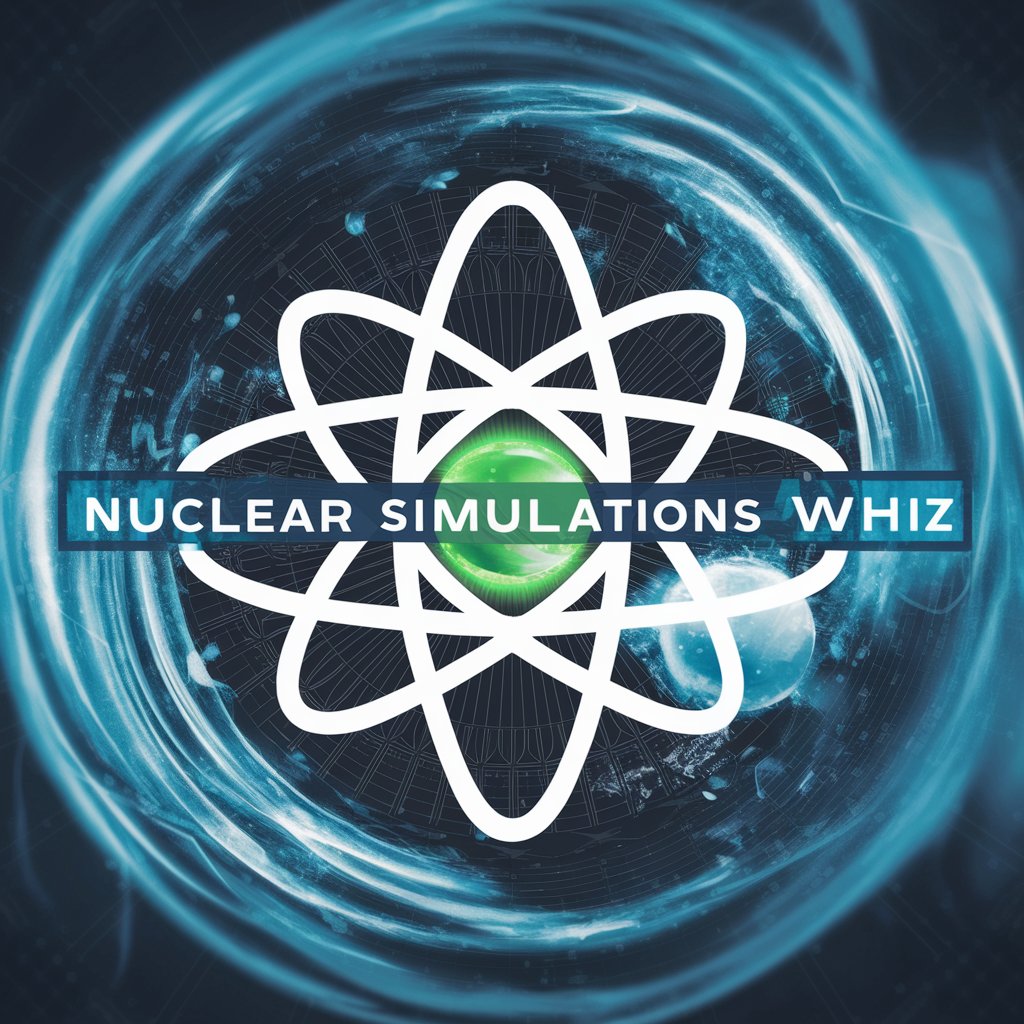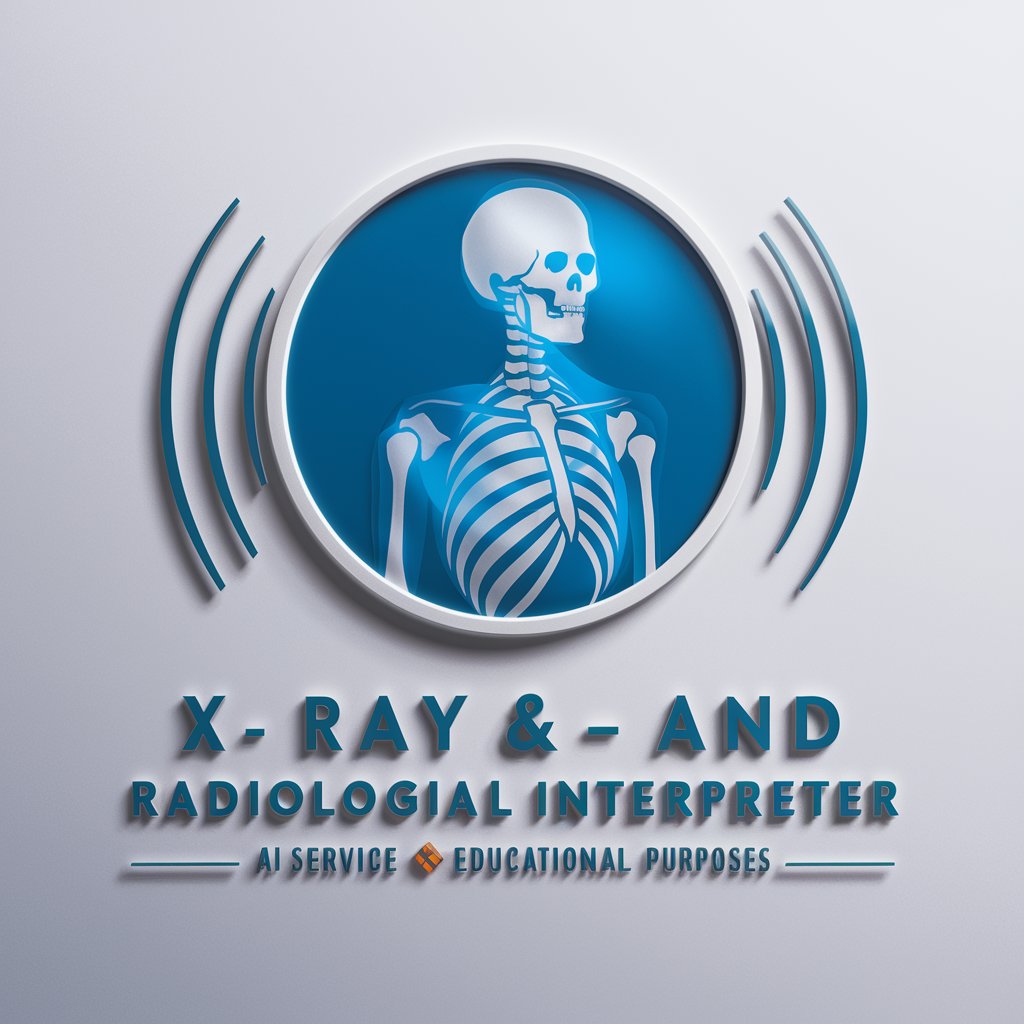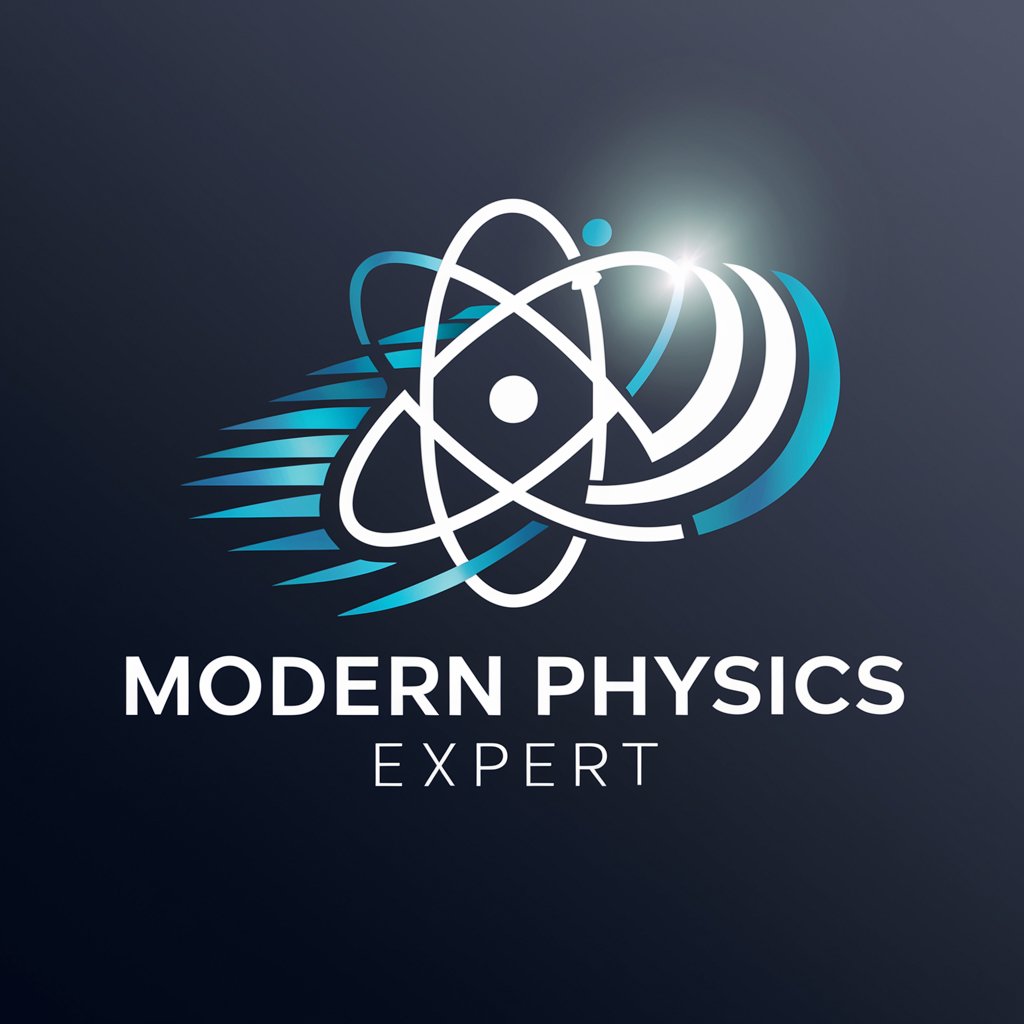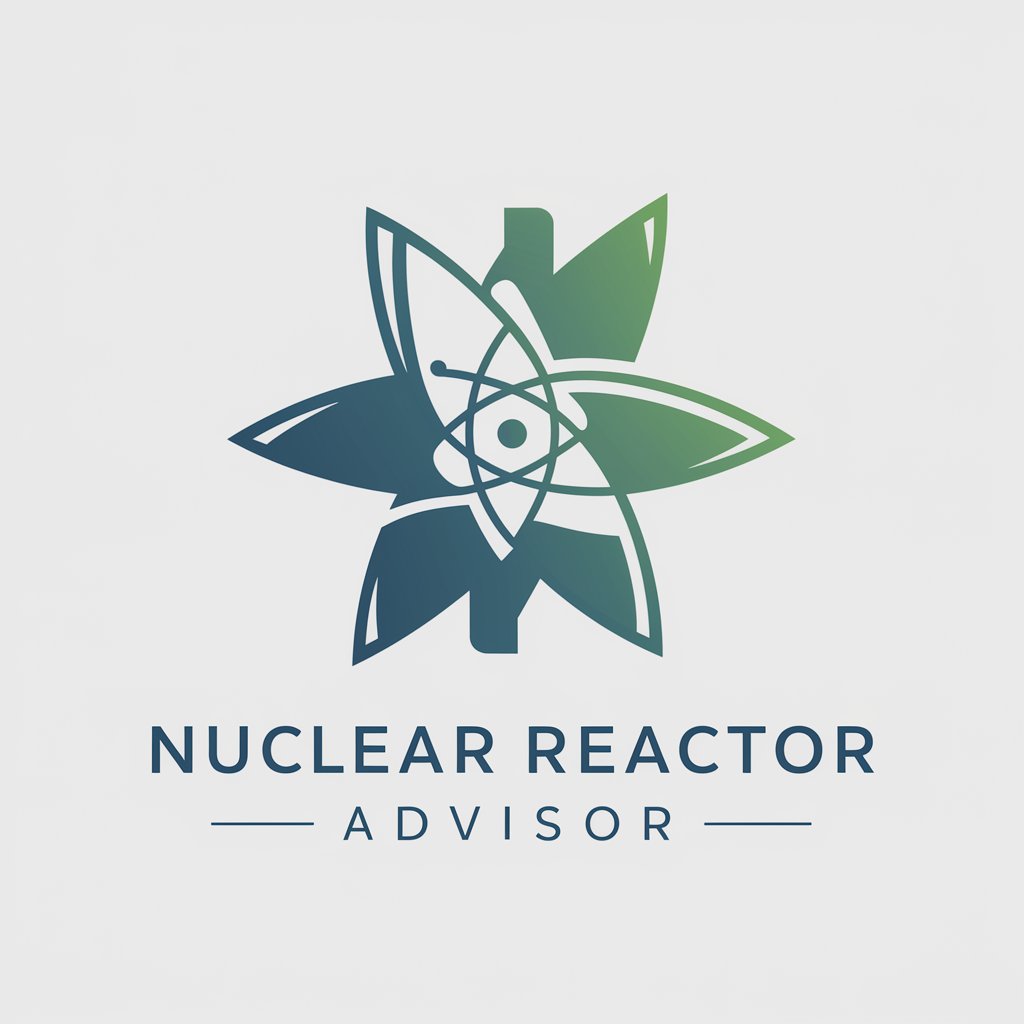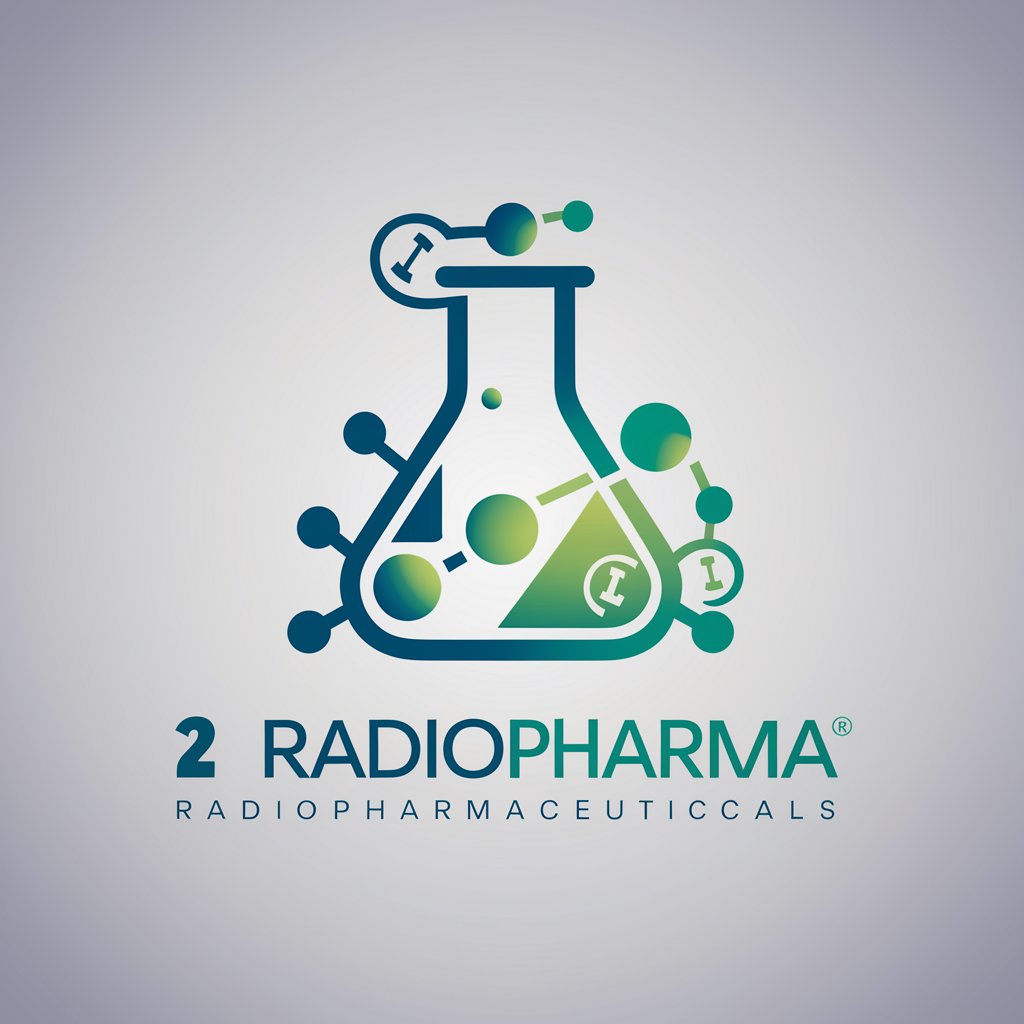
Radiation and Sources - Radiation Insights
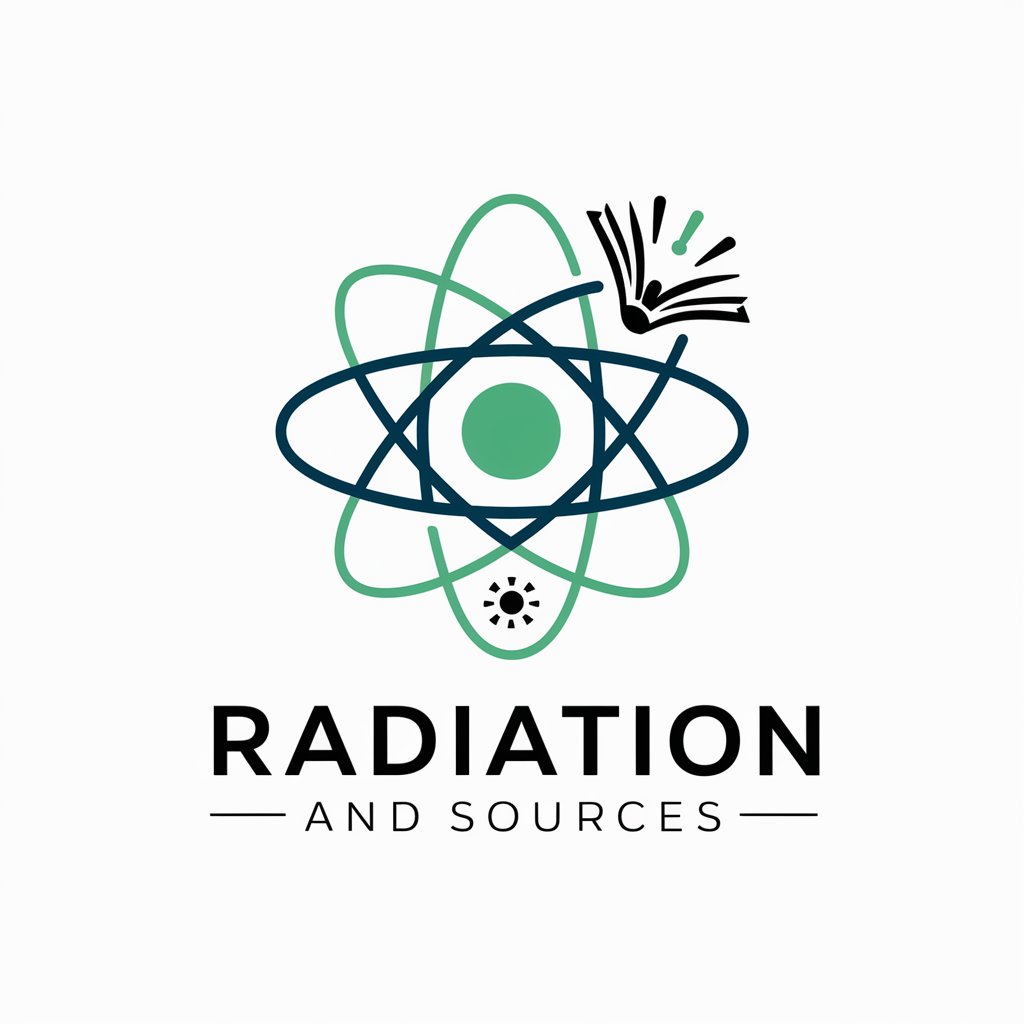
Welcome to Radiation and Sources, your guide to understanding radiation.
Demystifying radiation, powered by AI
What are the different types of radiation?
How does radiation affect human health?
What are the safety measures for radiation exposure?
Where does natural and artificial radiation come from?
Get Embed Code
Introduction to Radiation and Sources
Radiation and Sources is designed to provide an educational understanding of the nature, sources, and effects of radiation. This includes both ionizing and non-ionizing radiation, distinguishing between their origins, whether natural or man-made, and their implications for human health and the environment. Examples include medical applications of radiation, such as X-rays and radiotherapy, and natural background radiation from cosmic sources and terrestrial materials. The purpose is to enhance awareness, inform safety practices, and demystify the subject for a broad audience. Powered by ChatGPT-4o。

Main Functions of Radiation and Sources
Educational Resource
Example
Providing comprehensive information on radiation types and sources.
Scenario
Used in academic settings or public health information campaigns to explain radiation basics, safety measures, and risks associated with different levels of exposure.
Health Impact Analysis
Example
Explaining the biological effects of radiation on humans and other living organisms.
Scenario
Assisting healthcare professionals and researchers in understanding the potential health outcomes of radiation exposure, including cancer risk and genetic effects.
Safety Guidelines and Risk Management
Example
Offering guidance on protection against harmful radiation exposure.
Scenario
Used by regulatory bodies and industries (e.g., nuclear, medical) to develop safety standards, protective measures, and to conduct risk assessments.
Ideal Users of Radiation and Sources
Students and Educators
For those seeking to understand the scientific principles of radiation, its uses, and safety precautions. Ideal for educational curriculums that cover physics, environmental science, or health sciences.
Healthcare Professionals
Doctors, nurses, and medical technicians who use or encounter radiation in their work, needing to understand its risks and safe handling procedures.
Environmental and Public Health Officials
Individuals responsible for monitoring and managing radiation exposure in the community, developing public health policies, and conducting risk communication.
Nuclear Industry Workers and Regulators
Professionals involved in the operation, regulation, and safety oversight of nuclear facilities who require in-depth knowledge of radiation sources, effects, and protection measures.

Usage Guidelines for Radiation and Sources
Start your journey
Begin by visiting yeschat.ai for a hassle-free trial, no login or ChatGPT Plus required.
Identify your need
Determine the specific aspect of radiation you're interested in, such as its sources, effects on health, or safety measures.
Engage with content
Use the provided information to deepen your understanding, focusing on sections relevant to your interest.
Apply knowledge
Leverage the insights gained for academic research, professional development, or personal knowledge enrichment.
Share and discuss
Utilize the information in discussions, presentations, or further research, always citing the UNSCEAR 2016 report as your source.
Try other advanced and practical GPTs
Schema GPT
Structuring Data, Enhancing SEO

Bodhi.GPT
Navigate your spiritual journey with AI

Mountain
Elevate Your Hiking Experience with AI

Agile Mentor
AI-powered Agile Coaching Expert

Submarine
Dive deep with AI-powered submarine knowledge.

Crypto Momentum Analyst
Identify Momentum in Crypto Markets

Collision Repair
AI-Powered Vehicle Repair Advisor
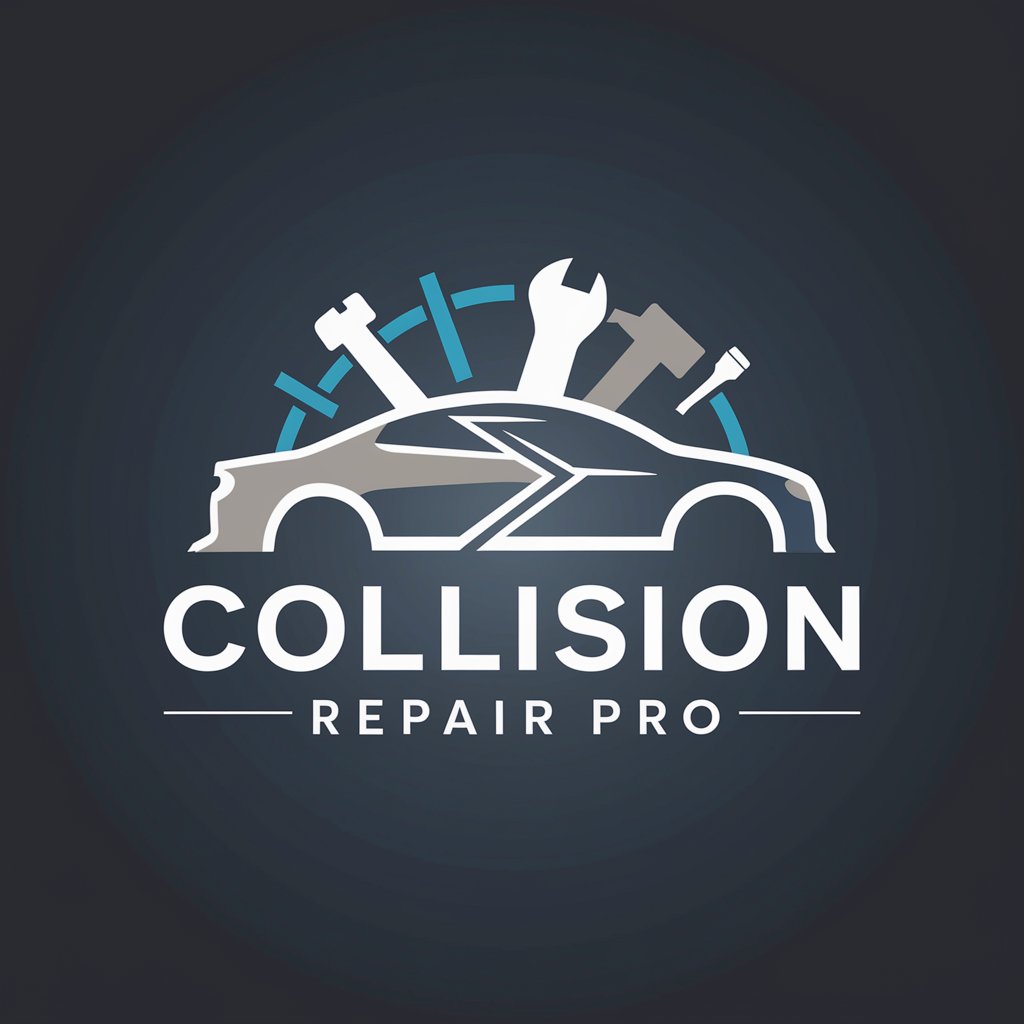
Appliance Repair
Empower your repairs with AI insight

Bicycle Repair
Empowering cyclists with AI-driven repair guidance.

Compassionate Event Guide
Empowering Your Events with AI Wisdom
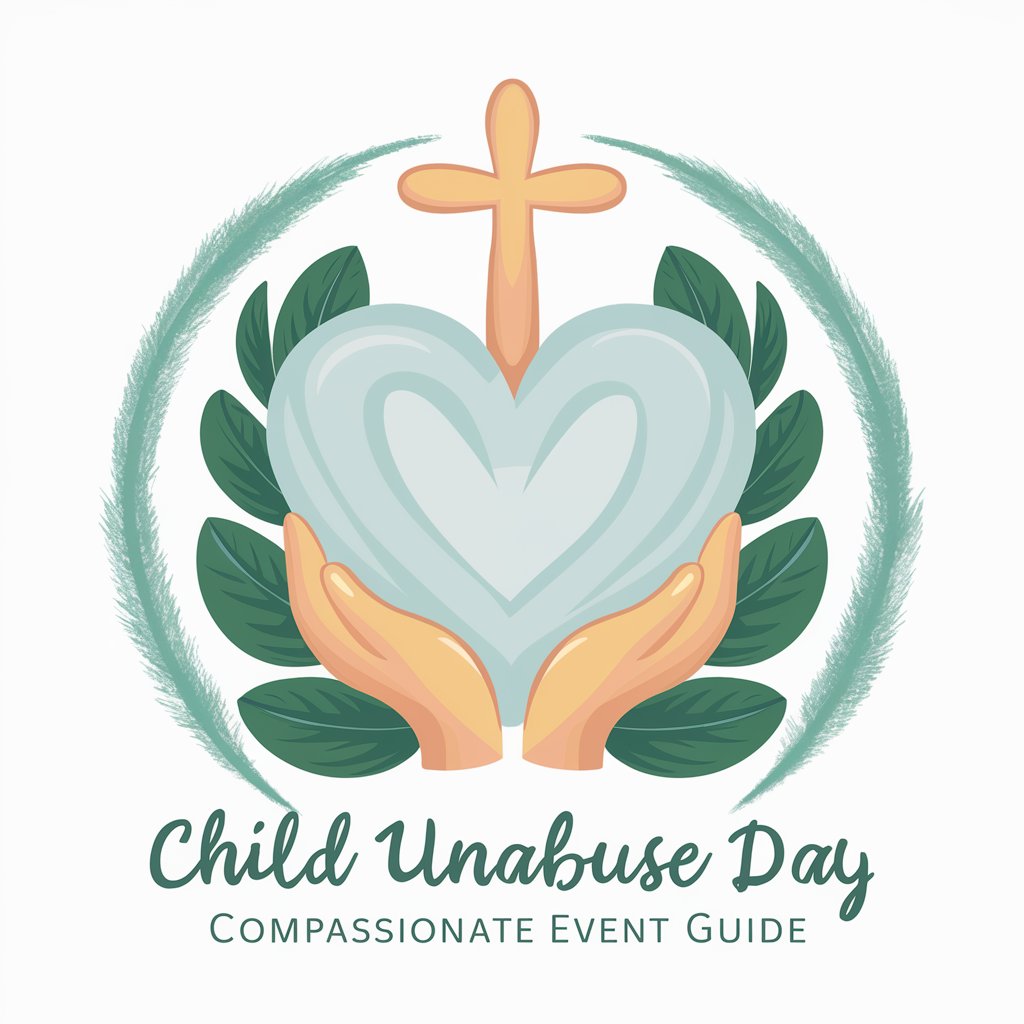
Conscious Ally
Empowering Understanding with AI

ADHD Ally
Empowering Women with ADHD Through AI
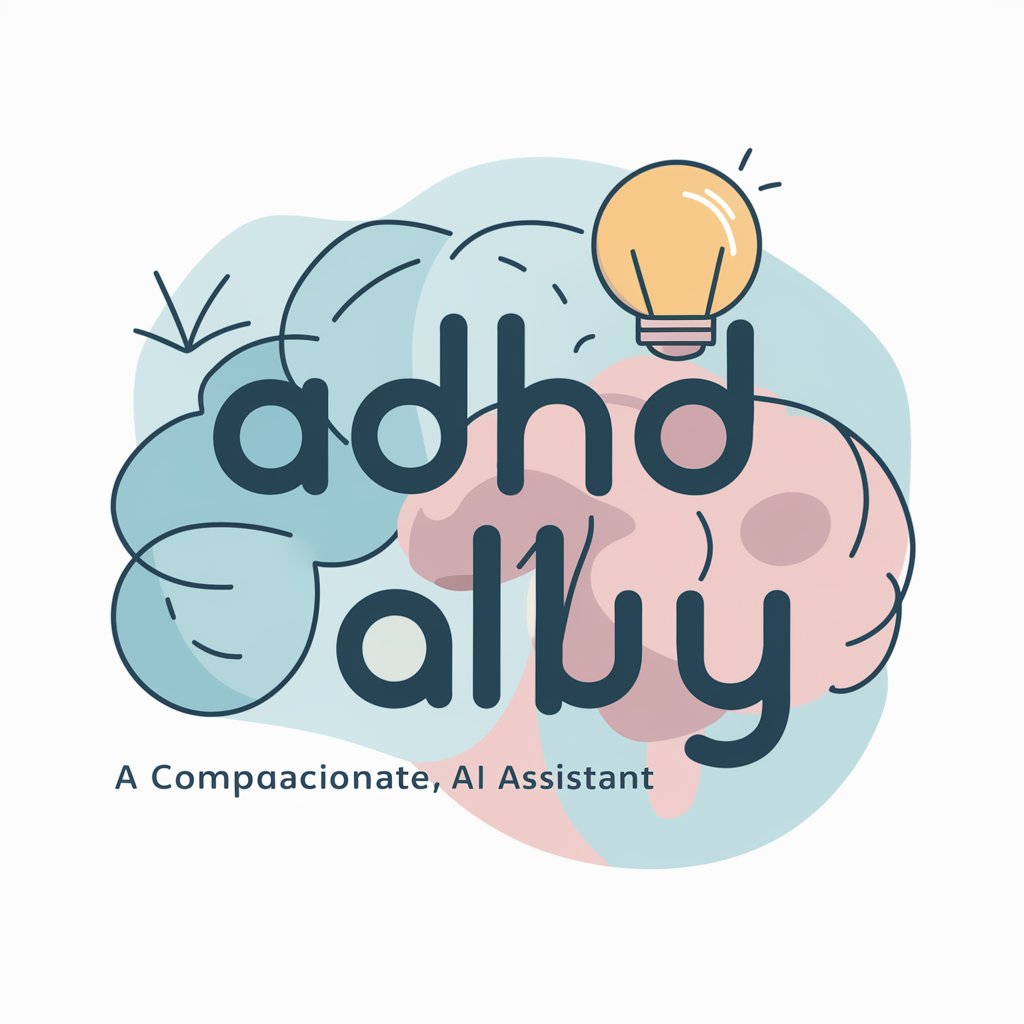
Q&A on Radiation and Sources
What is ionizing radiation?
Ionizing radiation is energy in the form of particles or electromagnetic waves that has enough force to remove electrons from atoms or molecules, thereby ionizing them. This type of radiation is significant because of its ability to cause chemical changes in cells that can lead to damage or mutations.
How does radiation affect human health?
Radiation can lead to both immediate (acute) and long-term (chronic) health effects, depending on the dose and exposure time. Acute effects include skin burns and radiation sickness, while chronic effects can involve cancer, genetic mutations, and other diseases due to cellular and DNA damage.
What are the main sources of radiation exposure?
The main sources include natural background radiation (cosmic rays, radon gas, terrestrial sources) and human-made sources (medical procedures like X-rays and CT scans, nuclear power plants, industrial applications, and nuclear weapons testing).
How can one protect against radiation?
Protection measures include minimizing exposure time, increasing distance from the radiation source, using shielding (like lead aprons for X-rays), and following safety protocols in workplaces that involve radiation use. Regulatory bodies also set exposure limits to protect public and worker health.
What role does the UNSCEAR 2016 report play in understanding radiation?
The UNSCEAR 2016 report provides comprehensive and authoritative scientific information on the sources, effects, and risks of ionizing radiation. It serves as a critical resource for policymakers, researchers, and the public to make informed decisions about radiation safety and regulation.
